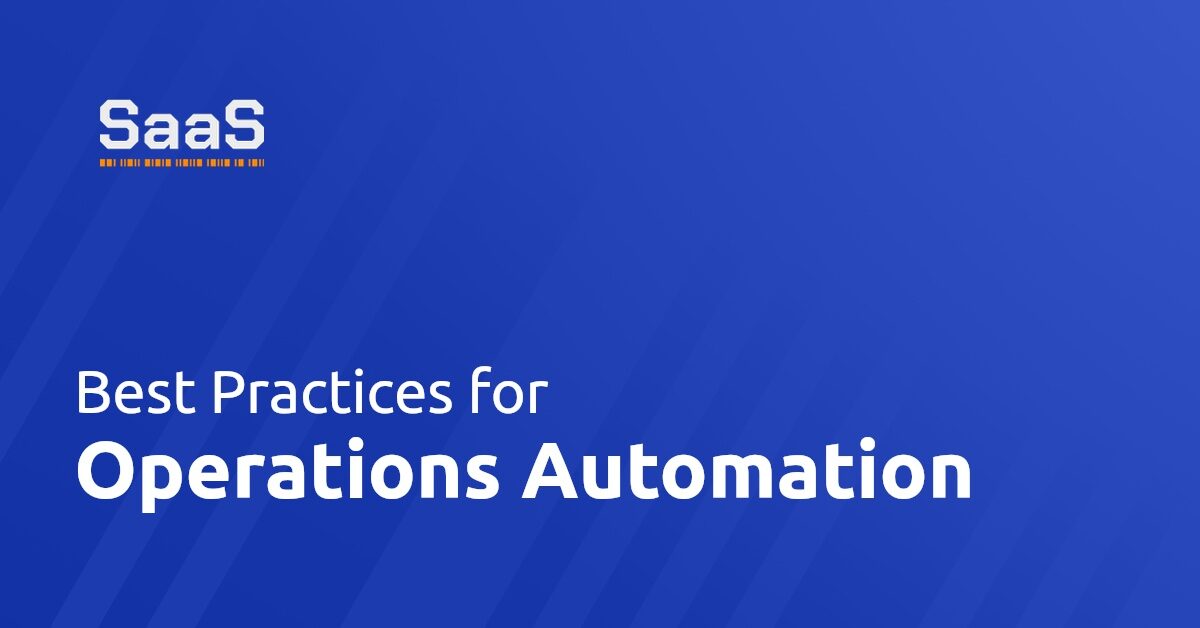Why Should Organizations Embrace Automation?
The era of digital revolution demands businesses to be agile, efficient, and innovative. Automation presents itself as the key to unlock these qualities. Firstly, automated tasks save time, leaving employees free to focus on strategic operations that demand human judgement. Secondly, automation minimizes errors, contributing to improved quality of output and reducing potential losses. Thirdly, with the advent of AI and Machine Learning, automation also enhances decision making by providing profound insights from analytical data.
How to Smoothly Transition to an Automated Environment?
Transitioning to an automated environment can be a daunting process, but it does not have to be. Begin by identifying the operations that will yield the most benefits from automation. This requires understanding your business processes thoroughly. Ensure your employees are ready for this change. This involves effective communication, training, and offering support during the learning curve.
The transition phase should be gradual. Start with less critical operations first before exploring other areas. This step-by-step approach allows room for adjustments without placing important business operations at risk. Implementing this approach ensures a smoother shift to the digital platform.
What are the Key Considerations for Successful Automation Deployment?
Transitioning to automation is more than just deploying new tools. It involves aligning the technology with existing processes, people, and strategies. To begin with, the selected automation software must align with your operational processes and business objectives. Carefully evaluate your options, perform trials if possible before making a commitment.
Additionally, determine the skill levels of your team to operate the new system. Necessary training and support should be provided to fill any skills gap. Lastly, recognize that every deployment will have initial hiccups. Be ready for these challenges with a proper contingency plan and support system.
Tips for Optimizing Performance in an Automated Operational Environment.
Optimizing performance in an automated environment is not a one-time effort, but rather a continuous process. One of the key steps towards this includes regular monitoring of the automated systems to spot any inconsistencies and correct them before they morph into bigger issues.
Further, keep improving the skills of your workforce as technology evolves. Regular training will ensure they can leverage the tools at their disposal effectively. Also, continually reassess your business processes. The end goal of any automation project is to enhance efficiency. Therefore, it is vital to stay aware of advancements and adapt to changes that can potentially optimize your operations even further.
Finally, encourage an open feedback culture. By giving your staff a platform to voice their opinions, you can gain valuable insights about the on-the-ground reality of the automated environment. This can significantly help in making relevant adjustments and further streamlining operations. With these strategies in place, your organization can truly harness the power of automation.








